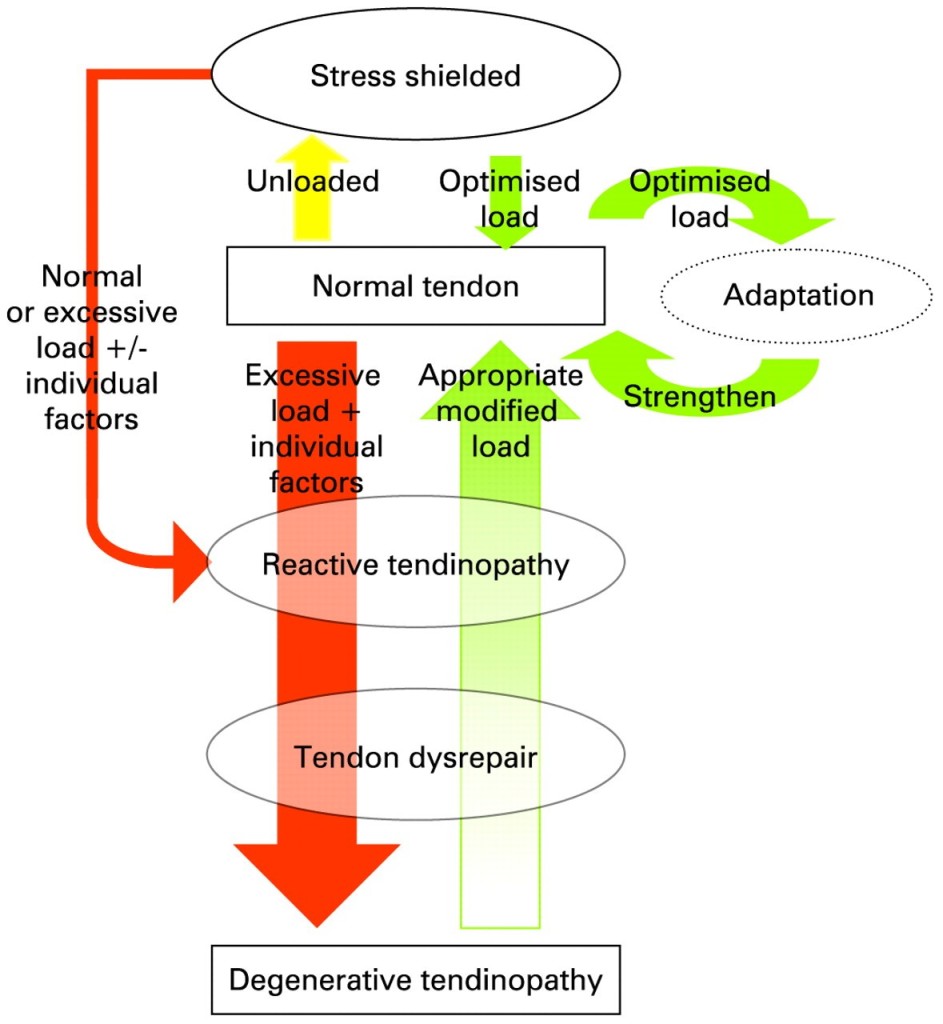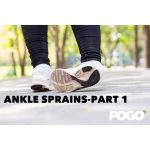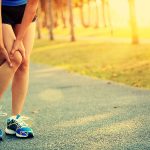A Review Of Recent Research On Patella Tendinopathy
A Review Of Recent Research On Patella Tendinopathy
Anterior knee pain is one of the most prevalent knee complaints treated and managed by physiotherapists. Patella tendinopathy, commonly referred to a as jumpers knee is one of the more common causes behind anterior knee pain.
Patella tendinopathy is localised pain and dysfunction over the patella tendon typically reported during jumping and landing, squats, stairs, running and kneeling on the tendon. It tends to most commonly affect people from the ages of mid teens to forties. It is an overuse injury and typically has a gradual onset in most sufferers. It is a difficult condition to measure as many people who only suffer mild or moderate pain will not miss sport or report their condition. The sports that have the highest rate of occurance of patella tendinopathy include volleyball and basketball.
Patella tendinopathy tends to most commonly affect people from the ages of mid teens to 40's #physio #kneepain @pogophysio Share on X
Diagnosis
Diagnosis of a patella tendinopathy needs to happen clinically by your physiotherapist and is usually supported by ultrasound of MRI imaging. It is very common to see degeneration to the tendon under imaging without the symptom report of pain from the subject.
It is important also that other possible differential diagnosis are ruled out including:
- Patella femoral pain: Irritation of the knee cap joint and lining usually due to a mal-tracking of the joint caused by various biomechanical factors.
- Fat Pad Irritation/ Pre-post patella bursitis: Swelling and inflammation of the bursae around the patella or fat pad under the bursae usually associated with direct trauma to the area such as a fall on the knee.
- Osgood Schlatters or Sinding Larsen Johanssen Syndrome: conditions only affecting the young athlete where by the bone that the patella tendon attaches too is still immature and becomes inflamed and tender as a results of the repeated load.
- Patello-femoral Joint Osteoarthritis: typically seen in the over 40’s but can be diagnosed earlier. Is where irreparable damage to the knee cap joint is evident on imaging in conjunction with pain. This usually involves wear to the cartilage that lines the joint.
Load and Tendons
It is near impossible to talk about tendons and not talk about load. Below is a picture of the tendinopathy continuum that demonstrates how load causes tendon to move from normal to reactive to degenerative. The main difference between the different stages are a reactive tendon will be painful but normal under imaging, during dysrepair it has some of the early tendon changes seen under imaging, and a degenerate tendon has all the classic sings of an unhealthy tendon under imaging.
Time and load are the main factors that will influence where somebody sits on this continuum.

Tendon Overload
Overload is a term used where load is put through the tendon beyond where it has adapted to. This is typically associated with the high levels of energy needed to be stored and released in the tendon for jumping and landing. Examples of overload may be return to pre-season training after a summer vacation, a sudden change is training surfaces or volume of training etc.
Extrinsic Risk Factors:
- Increased training volume and frequency
- Hard surfaces
- Floors with increased horizontal traction
- Footwear
Intrinsic Risk Factors:
- Gender: males are 4 times more likely to develop patella tendinopathy than women.
- Landing technique: Athletes with a landing technique that employs more horizontal bracing methods overload the patella.
- In men foot arch, leg length discrepancy, waist circumference and knee angle were all identified as possible contribution factors.
- Interestingly in women, the better vertical jumpers were also more likely to suffer patella tendinopathy than their counterparts.
Assessment
Subjective
Typically patients will be reporting anterior knee pain that is usually worse at the start of activity which sometimes eases off during the warm up and is then worse the next day/several days after. These symptoms as previously described are usually associated with a recent increase in load. In athletes it is usually those that have good power (jump/acceleration/deceleration) that will report a drop in performance due to pain.
Objective
Unfortunately while palpation over the tendon is necessary it is an unreliable diagnostic too. Pressure pain threshold however has been used well in literature to indicate patella tendon pathology. Muscle bulk wasting due to pain of the quadriceps and calf is one of the most obvious objective measures.
One of the most commonly used clinical measures is a single leg squat on a decline board of roughly 25 degrees. In patella tendinopathy pain will remain localised over the region of the patella. Other functional tests such as jumping and landing single or double leg and localised muscle strength tests are useful. Ankle dorsiflexion range needs to also be assessed as stiffness can contribute to patella tendon overload.
As previously mentioned MRI and ultrasound are the best imaging tools available for tendon imaging. One must always consider that just because the tendon had signs of degeneration it does not mean that it is the source of pain.
So I have a patella tendinopathy…what can I do?
Education
It is important that anybody suffering patella tendinopathy is clear about the likely time frames around the injury and how to manage load. In different cases athletes will remain playing sport or in more severe cases they will require 4-6 weeks off. Tendons typically take 6-12 months to heal fully and have a delayed response to load at around 24 hours. It is vital that sufferers can manage the load through the tendon long term to ensure it heals.
Exercise
Exercise has been well researched in the literature with isometric holds and eccentric load being the most supported. Sustained quad holds at 45-60 sec for 4-5 reps have been proven to have an analgesic effect on the tendon for up to 5 hours. It is vital that anyone suffering a patella tendinopathy has a progressive exercise program to follow that has been given by their physiotherapist.
Passive Treatments
Passive physiotherapy treatments such as knee manipulation can be helpful in the short and long term. Pulsed ultrasound and transverse friction massage were shown to be less effective than exercise in the short and long term and braces and splints were also demonstrated to have no clinical benefit. Extracorporeal shock wave therapy, plasma rich platelet injection and corticosteroid injections lack evidence for their use in patella tendinopathy. Corticosteroid injection especially in degenerate tendons are not indicated and are associated with poorer outcomes.
For more information on the role of PRP in tendon conditions click HERE>>
If you have any questions or comments please feel free to leave them below.
All the best in getting on top of your knee pain.
Lindsay Young (APAM)

Physiotherapist, Clinical Pilates Instructor
References
Khan, K. M., Bonar, F., Desmond, P. M., Cook, J. L., Young, D. A., Visentini, P. J., … & Dowling, R. J. (1996). Patellar tendinosis (jumper’s knee): findings at histopathologic examination, US, and MR imaging. Victorian Institute of Sport Tendon Study Group. Radiology, 200(3), 821-827.
Cook, J. L., & Purdam, C. R. (2009). Is tendon pathology a continuum? A pathology model to explain the clinical presentation of load-induced tendinopathy. British journal of sports medicine, 43(6), 409-416.
Larsson, M. E., Käll, I., & Nilsson-Helander, K. (2012). Treatment of patellar tendinopathy—a systematic review of randomized controlled trials. Knee surgery, sports traumatology, arthroscopy, 20(8), 1632-1646.
Aliza Rudavsky, A., & Cook, J. (2014). Physiotherapy management of patellar Tendinopathy (jumper’s knee). Journal of Physiotherapy, Vol. 60, Issue 3, p122–129
McConnell, J. (1996). Management of patellofemoral problems. Manual therapy, 1(2), 60-66.








